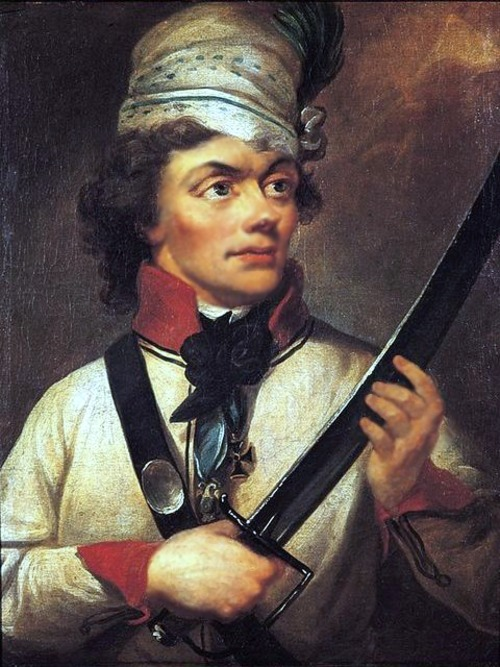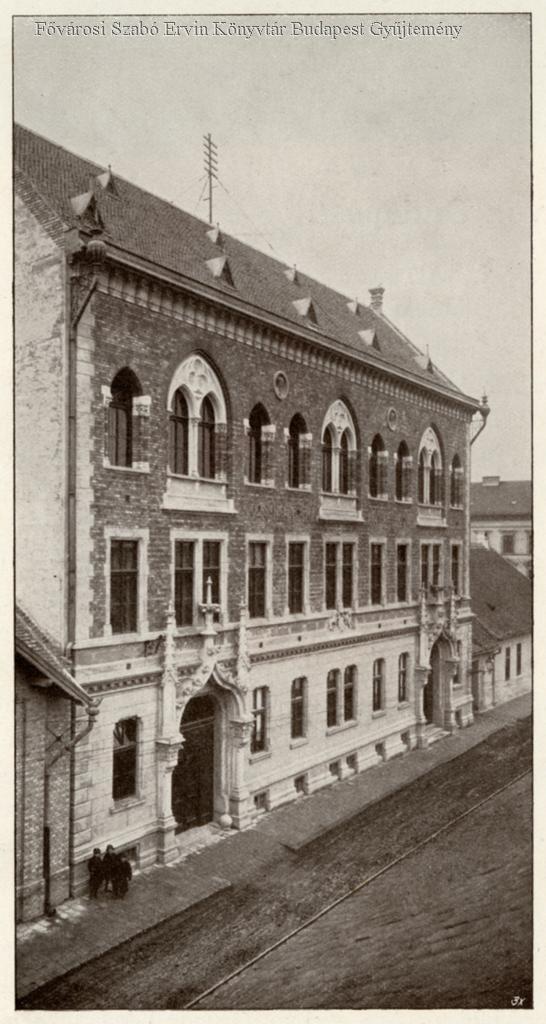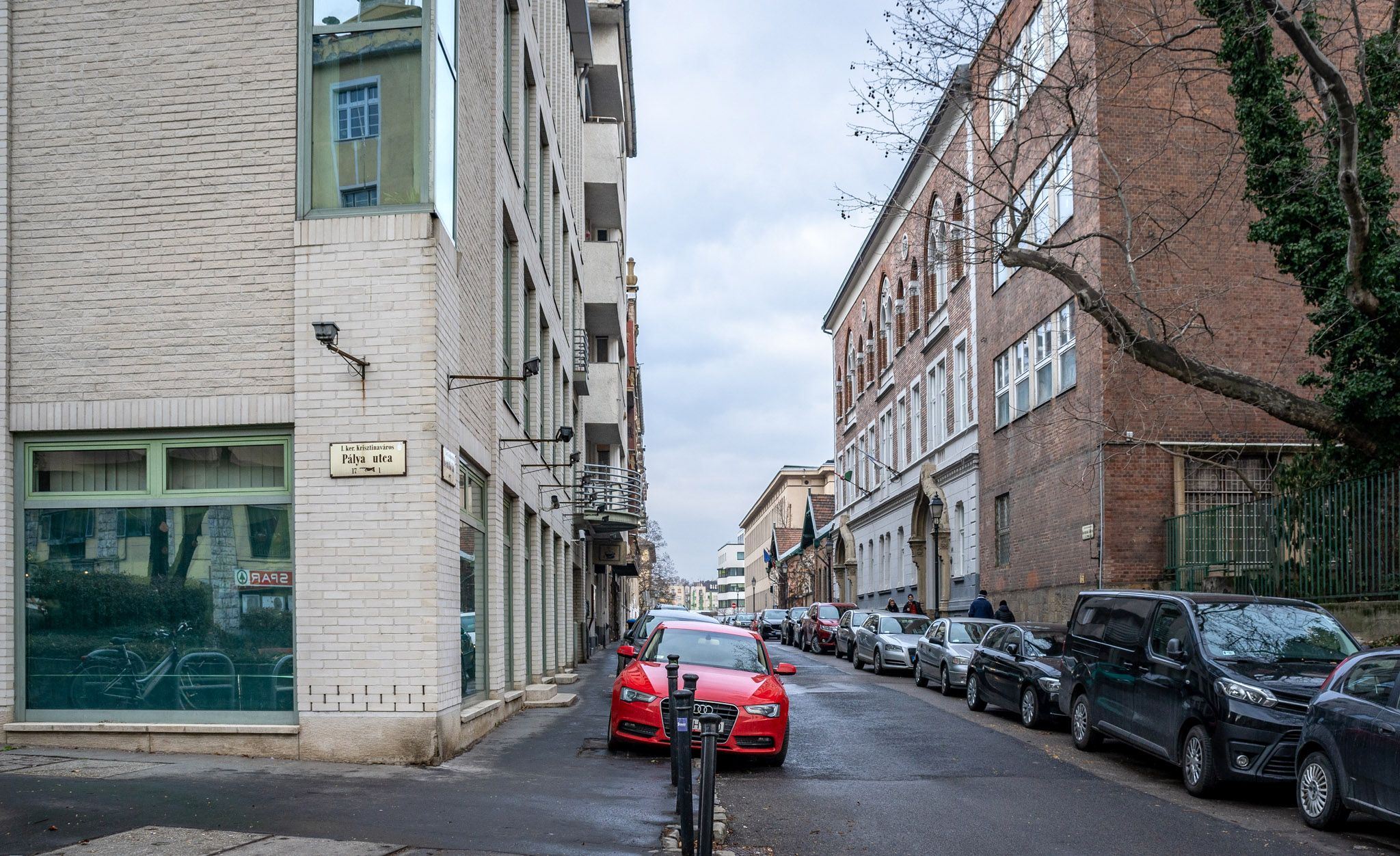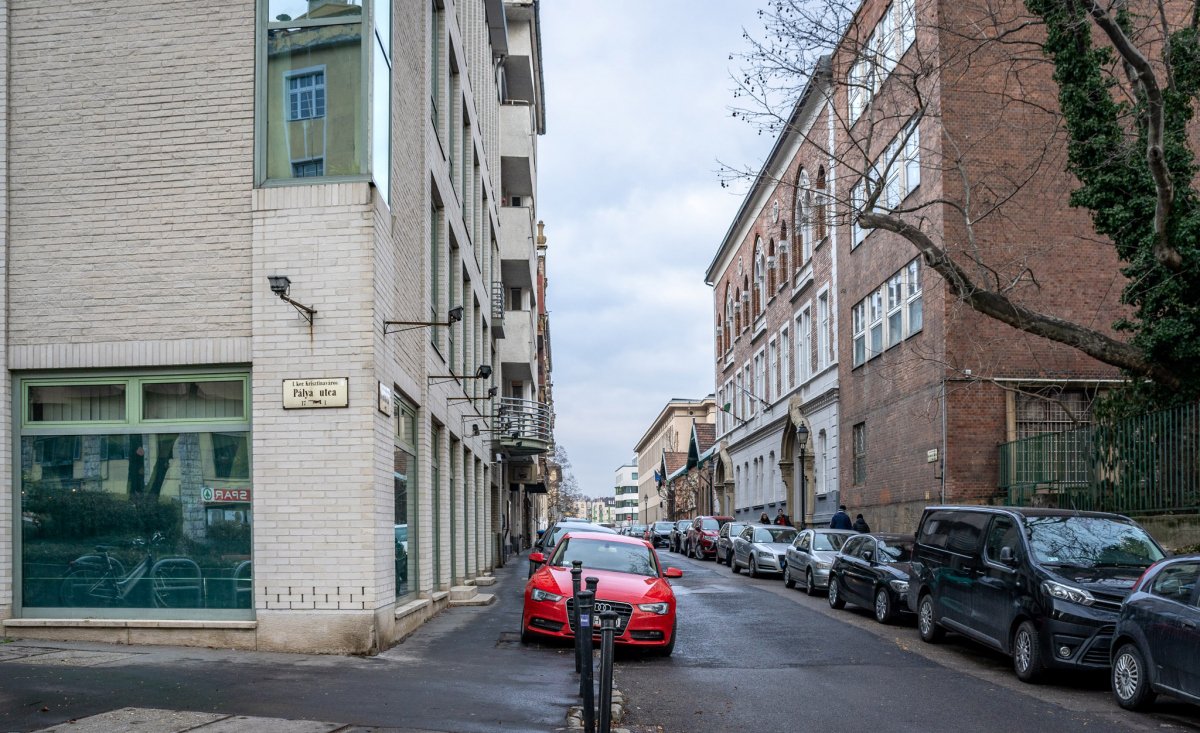First of all, it should be noted that Andrzej Tadeusz Bonawentura Kościuszko had nothing to do directly with either Hungary or Australia. The street in Budapest was named after him out of respect for the Polish people and because the statesmen and military commander was popular in his lifetime. The mountain was named in his honour because a Polish explorer discovered the peak on the fifth continent in 1840.
However, he has much more to do with the history and creation of the USA. The Polish commander fought in the US War of Independence, leading to his statue in Washington.
From failed elopement to war hero
Let’s take a brief look at his life, full of twists and turns and adventures! Kościuszko was born in 1746 in Mereczowszczyzna, in what is now Belarus. The young man continued the military traditions of his family. He first studied with the Piarists, then honed his skills in Polish and Parisian military schools and graduated as a military engineer. True, he did not get a job in the Polish army at the time.

Andrzej Tadeusz Bonawentura Kościuszko (Mereczowszczyzna 4 February 1746 - Solothurn, Switzerland, 15 October 1817) in a painting by Kazimierz Wojniakowski
He left Poland after an unsuccessful attempt to elope and reached the New World after several detours during the war of independence. The military-engineer officer quickly rose through the ranks and was already a brigadier general by the end of the war. Despite being granted American citizenship and large landholdings, he returned to Europe. In the following years, he was active in civilian life. He was involved in many organizations and efforts that sought to prevent Poland's partition and, of course, fought in the Polish-Russian war of 1792.
In recognition of his victories here, the revolutionary French government, sympathetic to the Poles, granted him honorary French citizenship and awarded him the Legion of Honour. Two years later, in 1794, he led the uprising against the Russians, after which he was forced into exile and finally died in Switzerland in 1817.
Despite fighting Russians, a street was given his name in 1948 Budapest
His life was truly exceptional, even only highlighting the most important events. But this does not explain why Koronaőr Street in the 1st District was renamed after him.
Koronaőr Street was originally given its name because the barracks of the crown guards stood on the road. True to its name, the crown guard, founded in 1464, was responsible for guarding the Holy Crown of Hungary. However, after the crown was taken to the United States in 1944–1945, the new Hungarian authorities abolished the crown guard in 1945. The barracks of the crown guards had already been destroyed during World War II.

The Koronaőr Street Girls' School in 1941 (Photo: FSZEK Budapest Collection)
The street was also home to several famous personalities. Among others, Adam Clark lived here in the house under number 7, as did the painter Mátyás Réti.
The decree of the still operation Budapest Public Works Council renamed the street in 1948. The Budapest Gazette of 11 March 1948 contains the following:
“New street names. With decree 313.055 1948 III. dated 5 February 1948. the mayor took note of the decision reached by Budapest Public Works Council on 20 February 1948 and the subsequent decree 1901/1948. in which (...) Koronaőr Street in the 1st District was renamed (...) Kosciuszko Tádé Street”
No reasons for the decision were given, but it was most likely driven by the fact that the old named referred to the previous form of government. A memorial plaque on the street notes that it was named in honour of the Polish general.

The street sign and the memorial plaque today (Photo: Balázs Both/pestbuda.hu)
The street name is a manifestation of the centuries-old Polish-Hungarian friendship, as Kościuszko did not have many Hungarian connections. However, his campaigns as a Polish general were well-known to his contemporaries. As a result, he had something of a fanbase in Hungary, where he was seen as a hero of universal freedom. Kościuszko's struggles in Poland coincided with the French Revolution and the Hungarian Martinovich movement. Kościuszko, who was celebrated by the French and Americans, the two revolutionary nations of the time, appeared to be a hero of universal freedom.
However, naming a public space after him in 1948 had some flavour. The official policy in Hungary at the time was to name streets in honour of Soviet-Russian heroism and after Soviet generals and communist leaders. Kościuszko, on the other hand, was the leader of Polish struggles against the Russians, as he fought Russian troops attacking the independent Polish state in both 1792 and 1794.

Kosciuszko Tádé street today (Photo: Balázs Both/pestbuda.hu)
While the Crown Guard was restored in 2011, but fortunately, renaming Kosciuszko Tádé Street to Koronaőr Street was not raised. The Crown Guard is an important institution. Nevertheless, the centuries-old Polish-Hungarian friendship is just as important. And although Andrzej Tadeusz Bonawentura Kościuszko had little to do with Budapest or Hungary, it is good that there is a street named after him in Budapest, just as there is a statue of his American commander, George Washington.
Cover photo: Sign and memorial plaque on Kosciuszko Tádé Street (Photo: Balázs Both/pestbuda.hu)





































Hozzászólások
Log in or register to comment!
Login Registration